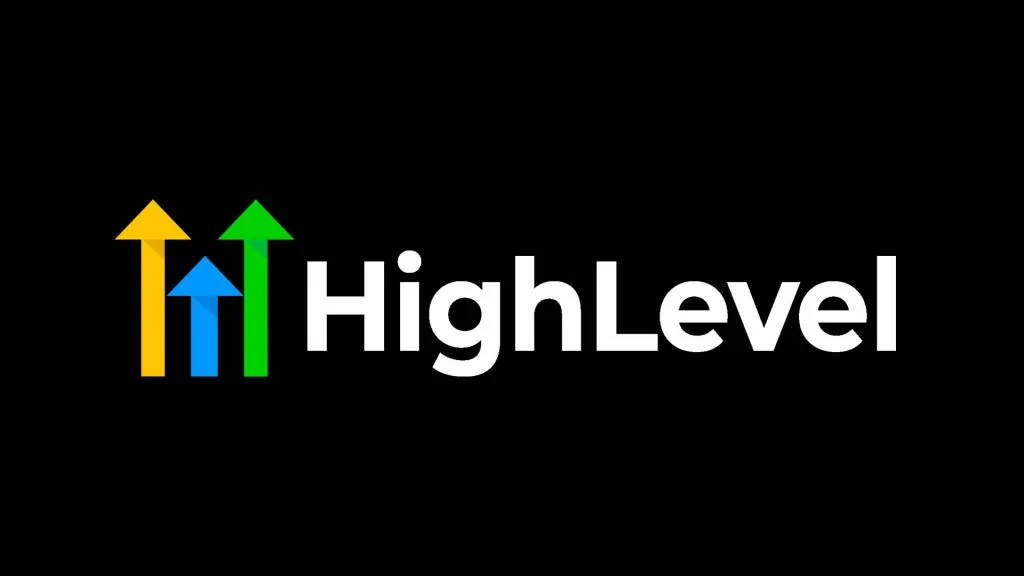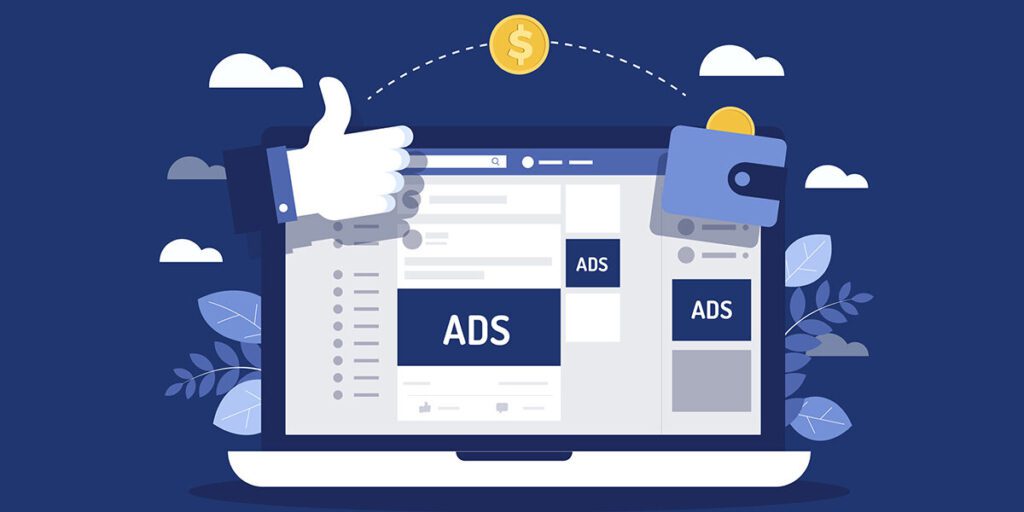How Meta Ads and Smart Segmentation Can Transform Lead Conversion for Business Funding
Meta Ads offer businesses a powerful tool for reaching targeted audiences and driving high-quality leads. In the competitive landscape of business funding, leveraging these ads effectively can make a significant difference. By using advanced client segmentation based on criteria like monthly income and credit score, businesses can not only attract qualified leads but also convert them into booked appointments. This article explores how businesses can utilize Meta Ads and smart segmentation to enhance their lead conversion strategies for business funding.
Why Meta Ads are a Game-Changer for Business Funding
Meta Ads provide a unique advantage for businesses looking to secure funding clients. With precise targeting capabilities, these ads allow companies to reach specific audiences based on demographic data, behaviors, and interests. This precision ensures that marketing efforts are not wasted on broad audiences, but rather focused on potential clients who are more likely to need and qualify for business funding.
The true power of Meta Ads lies in their ability to reach users at various stages of the decision-making process. Whether someone is actively seeking funding solutions or just exploring options, Meta Ads can effectively capture their attention and guide them toward taking action.
Effective Client Segmentation: The Key to Success
To maximize the impact of Meta Ads, businesses need to go beyond basic targeting. Effective client segmentation is essential for crafting personalized ad experiences that resonate with potential clients’ specific needs and situations. This involves categorizing potential clients based on critical factors such as monthly income and credit score.
Segmenting by Monthly Income
Understanding the financial capacity of potential clients is crucial for businesses offering funding solutions. Segmenting leads by monthly income allows businesses to tailor their messaging to suit different financial profiles. For instance, higher-income clients might be interested in larger loan amounts or specific types of financing, while lower-income clients may look for more affordable options. Crafting ads that speak directly to these different financial situations increases the likelihood of engagement and conversion.
Segmenting by Credit Score
Credit scores play a pivotal role in business funding eligibility. By segmenting leads based on their credit scores, businesses can create targeted campaigns that address the unique needs and concerns of each segment. For example, clients with high credit scores can be targeted with ads that highlight premium funding options, while those with lower scores might receive ads focusing on credit-building solutions or alternative funding opportunities.
Converting Leads into Appointments with Automated Scheduling
Attracting qualified leads is just the first step. To capitalize on these leads, businesses must convert them into scheduled appointments. This is where the integration of specialized scheduling software comes into play, streamlining the process from interest to action.
Simplifying the Appointment Process
Using scheduling software, businesses can offer potential clients an easy and convenient way to book appointments. This removes barriers to conversion, such as back-and-forth communication or complex booking processes. By providing a user-friendly experience, businesses can significantly increase the chances of converting leads into booked appointments.
Ensuring Engagement with Automated Reminders
One of the key benefits of scheduling software is the ability to automate reminders and follow-ups. If a client misses an appointment, automated systems can send reminders or prompt them to reschedule, keeping potential leads engaged and reducing the chances of losing valuable opportunities. This ensures a higher conversion rate and a steady stream of appointments.
Optimizing Campaigns with Real-Time Data Insights
The combination of Meta Ads, client segmentation, and scheduling software provides businesses with a wealth of data and insights. These insights are crucial for optimizing ad campaigns and improving conversion rates.
Data-Driven Decision Making
Real-time data allows businesses to track the performance of their ad campaigns and make informed decisions about where to allocate their ad spend. By analyzing the engagement and conversion rates of different client segments, businesses can fine-tune their strategies to focus on the most promising leads, maximizing ROI.
Personalization for Enhanced Client Interaction
With insights from client segmentation and scheduling data, businesses can personalize their communications with potential clients. Understanding the preferences and behaviors of different client segments enables businesses to tailor their follow-up interactions, providing a personalized experience that builds trust and enhances the likelihood of conversion.
Building a Sustainable Pipeline with Meta Ads and Segmentation
By combining the reach of Meta Ads with the precision of client segmentation and the efficiency of automated scheduling, businesses can create a sustainable pipeline of high-quality leads. This approach not only improves lead conversion rates but also ensures that businesses can consistently engage with and convert qualified clients into loyal customers.
Creating Long-Term Client Relationships
The ultimate goal of any business funding campaign is not just to secure one-time clients, but to build long-term relationships. By providing a seamless and personalized experience through smart segmentation and effective use of Meta Ads, businesses can establish trust and credibility, leading to repeat business and referrals.
Enhancing Business Growth through Strategic Lead Conversion
Meta Ads, when paired with smart client segmentation and automated scheduling, offer a powerful strategy for businesses seeking funding clients. This comprehensive approach ensures that businesses not only attract the right audience but also effectively convert them into valuable clients. By focusing on detailed client segmentation and leveraging the full capabilities of Meta Ads, businesses can optimize their lead conversion processes, driving growth and success in a competitive market.
By utilizing these strategies, businesses can transform their approach to lead conversion, ensuring that every ad dollar spent is directed toward generating real, measurable results. Whether you’re a small business looking to grow or a large corporation seeking new funding opportunities, Meta Ads and smart segmentation can provide the competitive edge needed to succeed.





